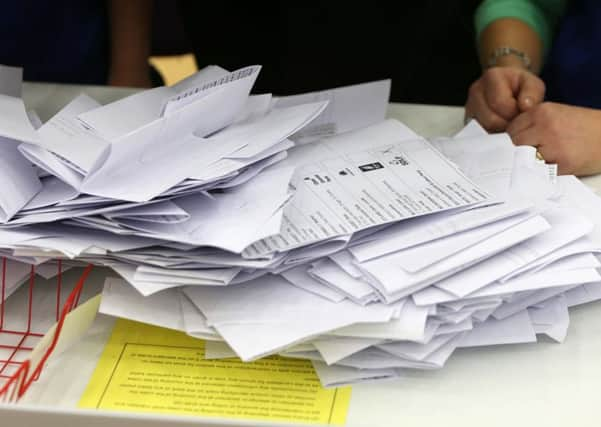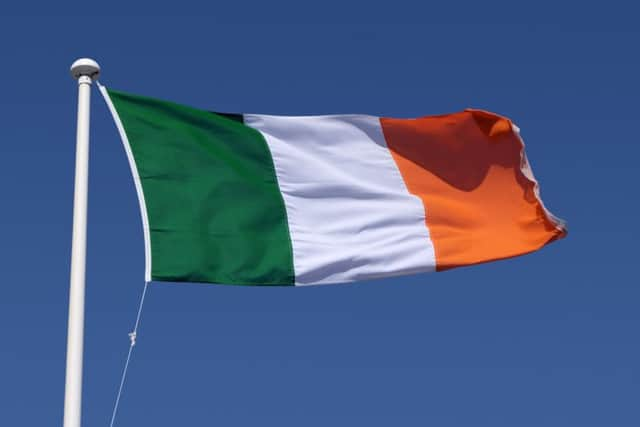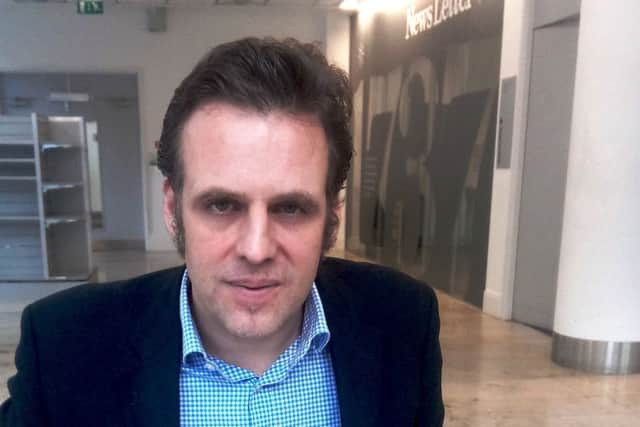Key figure to watch today is % of the vote that is nationalist


Has the recent decline in the nationalist vote been part of a long-term trend that is disastrous for republicans – namely a diminishing appetite for Irish unity, even among Ulster Catholics?
Is it what I have referred to as the rise of the Rory McIlroy generation, a large number of post-Troubles young people who culturally come from a Catholic background but who are happy to remain British?
Advertisement
Hide AdAdvertisement
Hide AdOr has it been nothing of the sort – and merely a pause in enthusiasm for voting among people who are as nationalist as they ever were, but who have not been motivated in recent elections?


Rory McIlroy is now almost 28 and has no meaningful recollection of the time before the first IRA ceasefire.
He has talked about his mixed identity, and while he seems to consider himself both Irish and British, like many young people in Northern Ireland, he has not shown much interest in traditional Catholic Irish nationalism.
The high support, across the tribal divide, for the Union with Great Britain suggests that there are many young people who feel similarly to McIlroy.
Advertisement
Hide AdAdvertisement
Hide AdLast year Sinn Fein and the SDLP combined got only 36.0% of the first preference votes. In the 2015 general election they got 38.4%. But in the 2011 Assembly election the total ‘Green’ vote was much higher, at 41.1%.


Even if you add the People Before Profit 2% last year, which was overwhelmingly in nationalist areas, the combined Sinn Fein-SDLP-PBP vote was lower than the nationalist vote in the preceding big recent elections.
The 2015 and 2016 results were unexpected, because nationalism seemed to have been rising relentlessly through the latter part of the Troubles and thereafter.
There is a continuing rise in the percentage of the population that identifies itself as Catholic. If an overwhelming correlation between being Catholic and voting for nationalism was maintained into the future, then the end of NI’s place in the UK would be a matter of a few decades.
Advertisement
Hide AdAdvertisement
Hide AdThat is why the decline in the nationalist vote is so significant.


There were reports late last night that turnout was high. If it is disproportionately so in nationalist areas, and the percentage of the vote that goes to the pro unity parties jumps back towards 2011 levels, then it will signal that the traditional demographic and political correlation is back in step.
And the longevity of the Union might not be projected to stretch quite as far in the future as it looked a year ago.
• Ben Lowry is News Letter deputy editor